Optergy creates an
Open Information System
to connect, manage data, target waste and improve operations
Helping contractors and building owners to create a smart workplace
OPEN INFORMATION SYSTEM
Get Optergized
Our Optergy platform is an Open Information System, meaning it freely connects to multiple systems and building equipment to create a custom overview of the building environment which can be accessed anytime, anywhere via one user-friendly platform.
How can Optergy benefit you?
Open Information System
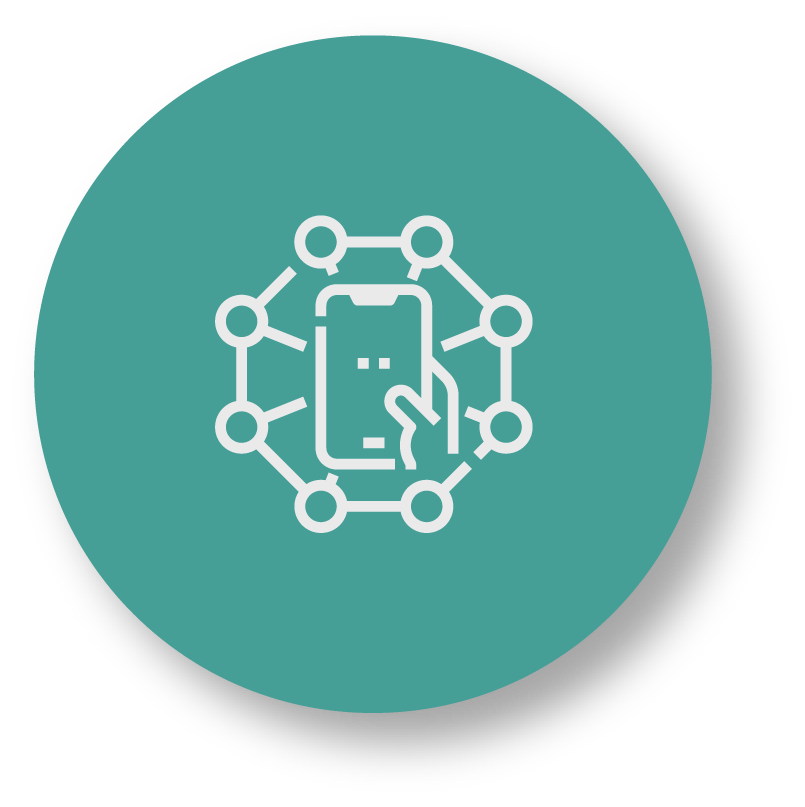
Connectivity
Connect equipment & people to create efficient and desired outcomes.

Data History
On-premise data is securely kept with quick access at anytime.

Applications
50+ built-in applications to target different utility usage.
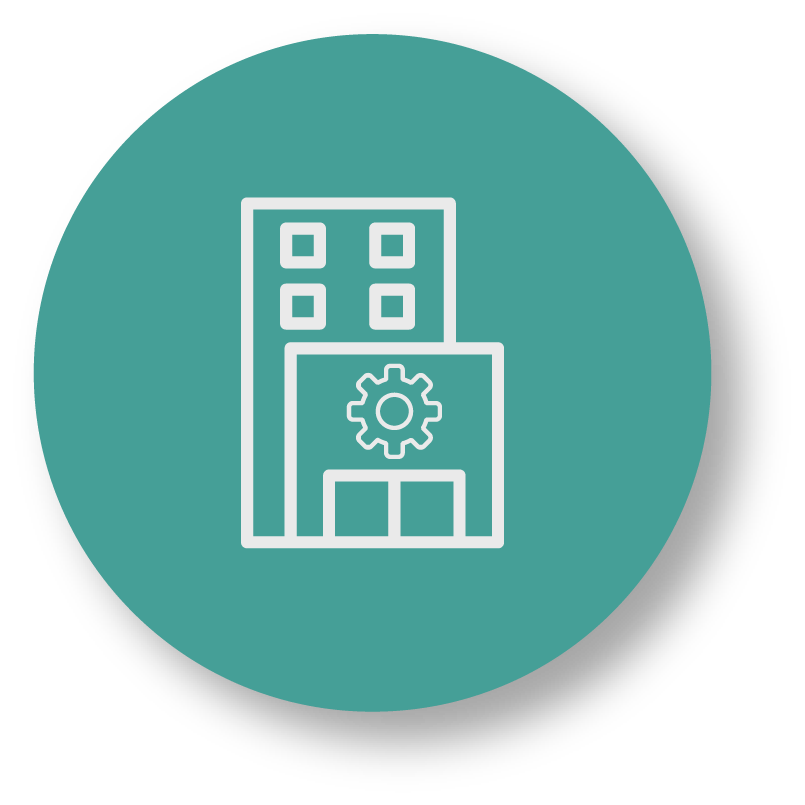
Legacy System
Improve visibility of your energy usage to avoid the necessary cost.

Operation KPIs
Gain insights into your building operations.
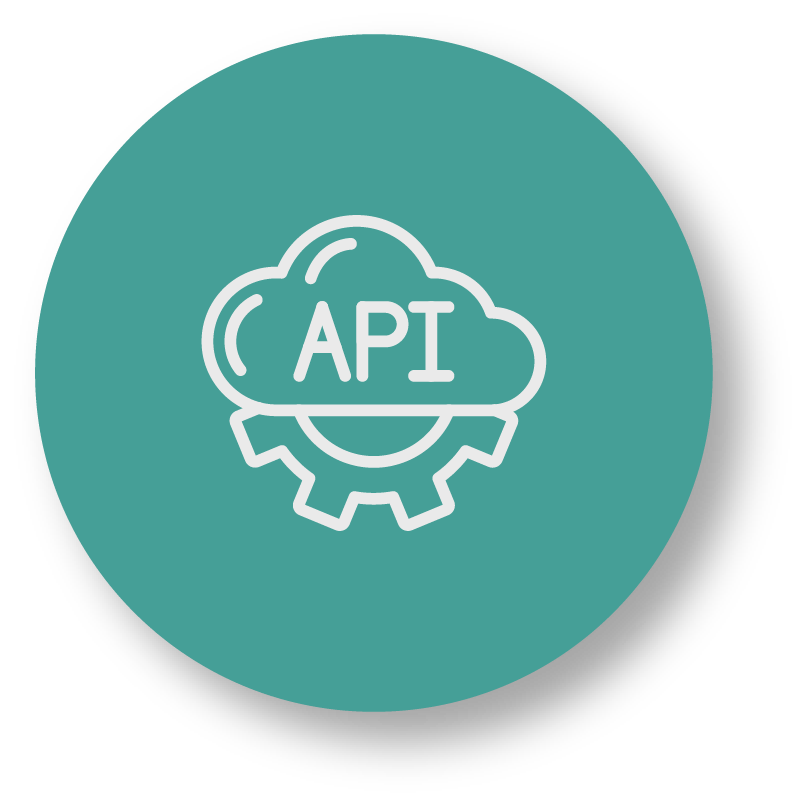
API Integration
Connecting equipment, people to create the desired outcomes.
Connectivity
The heart of an open information system is the element of connectivity. The multiple systems encompassing people and equipment must be brought together to create an overall view of the building environment and the customer’s objectives.

End-User Benefits

Contractors Benefits
Data History
Historical data is used many ways for the daily operations of building systems. It also provides a record of central building energy and tenant usage. An on-premise system that is well managed can provide years of storage and quick recall when reports are needed. Having a secure on-premise database also keeps the customer data where it belongs, with the customer.

End-User Benefits

Contractor Benefits
Applications
Connecting systems together is the first part to getting the best out of building automation system. It is applications that drive the value, as data is more easily turned into information that users can process. Relevant applications require less work from users and put the system to use straight away.

End-User Benefits

Contractors Benefits
Legacy System
Most buildings have many legacy systems related to building operations. These systems may operate in a stand-alone manner or connected to a building ecosystem. To achieve the most efficient outcomes, there is a benefit to integrating the systems and using common applications to derive maximum performance.

End-User Benefits

Contractor Benefits
Operation KPIs
Key Performance Indexes (KPIs) are important to the business objectives because they keep the objectives at the forefront of decision making. It’s essential that building objectives are well communicated to key stakeholders. When people are aware and are responsible for their KPIs, it ensures that the enterprise’s high-level goals are always apparent.

End-User Benefits

Contractors Benefits
API Integration
Application Program Interfaces (API’s) have changed the way users interact between different platforms; by giving the users specialized functionality without having to develop the functionality themselves. API’s bring connectivity that simplifies complicated legacy protocols while adding new connectivity and improving security.

End User Benefits

Contractor Benefits
Optergy
Our Top 3 Applications
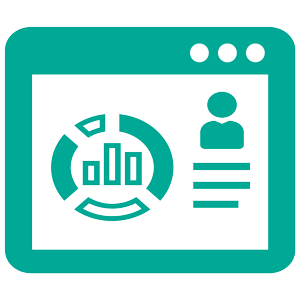
Building Management Systems
We create building automation software that can be used to monitor and control equipment and operations.

Energy Management
Systems
Visually appealing real-time reporting system displays all utility performances in a
building.
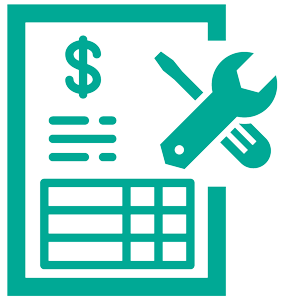
Tenant
Billing
Automatically generate any utility billing content for all your tenants, as well as the ability to charge for after hour usage.
